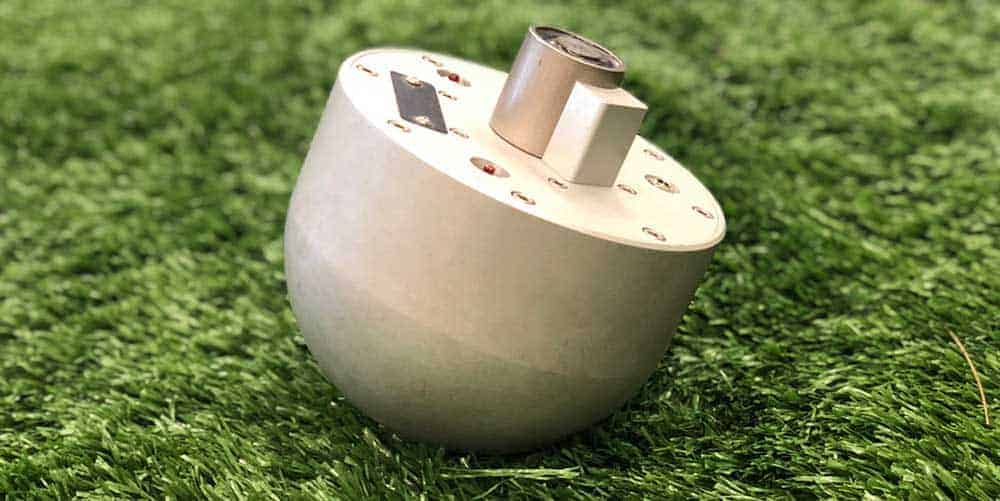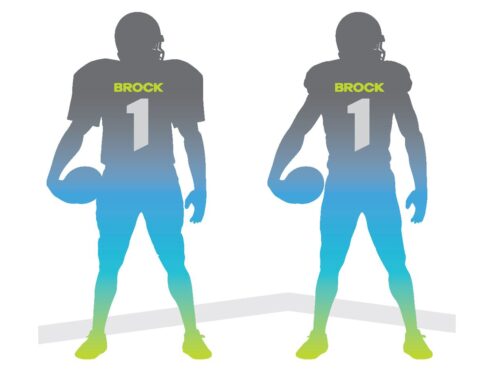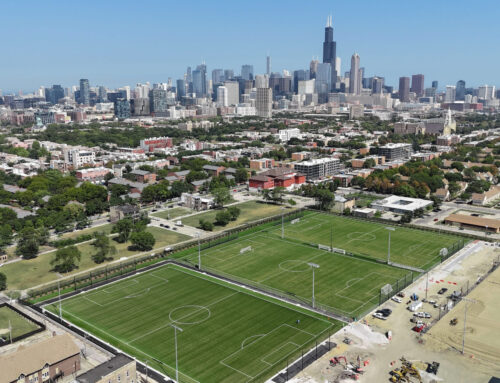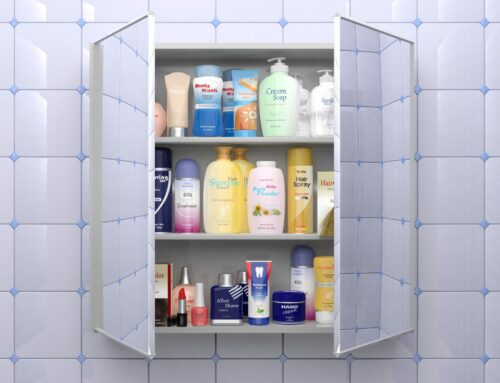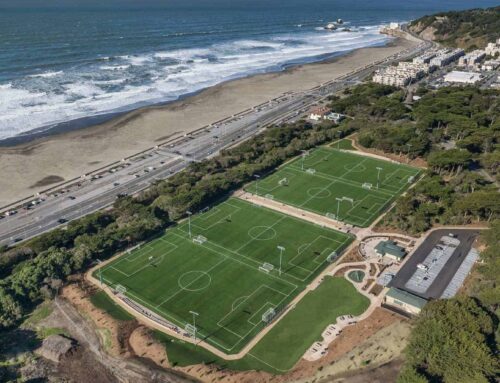You may have heard the field your child or athletes are playing on, “is the safest possible field,” or “passes all safety tests.” What you may not be aware of are the inadequacies of the current testing methods, or rather “method.” Most fields currently rely solely on the G-Max test to determine a field’s safety. This test was invented over 40 years ago and does not correlate to head impacts. The G-Max Test consists of a flat steel weight being dropped from only 24” and measures the rate of deceleration force in “G’s.” But ask yourself, how many people fall only 24” from the ground?! What part of your head is flat?
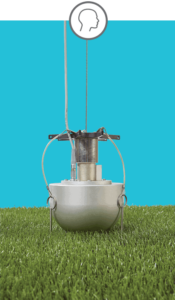
A proven test used in other industries was ratified in 2016 by the American Society of Testing and Materials (ASTM), to better determine the probability and severity of head injuries for playing surfaces. Considering new data indicates that 1 in 5 concussions happens from a head to surface impacts, a more relevant test for head injuries was far overdue. The Head Injury Criterion (HIC) Test (ASTM F355-16) has been used on playgrounds for years to determine “Critical Fall Heights,” so your children play in the safest environments possible. It’s only logical that this test has made the leap to athletic fields.
The HIC Test reveals the shortcomings of the traditional crumb-rubber infilled fields built directly over a stone base. Most fields built this way have a Critical Fall Height of less than 3 feet; whereas most natural grass fields see Critical Fall Heights of nearly 6 feet or higher. Mother nature is the clear choice when it comes to protecting athletes when they fall, but that’s perfect, well-groomed natural grass. That’s a tall order in Texas, so many school districts have made the prudent decision to transition to artificial turf fields.
Now that so many athletes are playing on artificial turf, it’s time for Athletic Directors to become more educated on current artificial turf safety protocols and testing methods. The HIC Test will inevitably become a staple of the safety testing portfolio and can be requested from many field testing companies already.
To understand the HIC test and how it’s conducted you can watch the video above. In the demonstration three artificial turf shock pad systems are tested using a 2” turf with 65% sand/35% crumb rubber infill. The video illustrates that even with certain shock pad layers, fields can still perform poorly in regards to safety. The common “E-Layer” shock pad system used in many Texas school districts provides very limited added safety for athletes, and fails considerably when compared to natural grass and the requirements used in the “One-Turf Concept,” a collaborative effort between several sports governing bodies to set guidelines for multi-use athletic fields.

